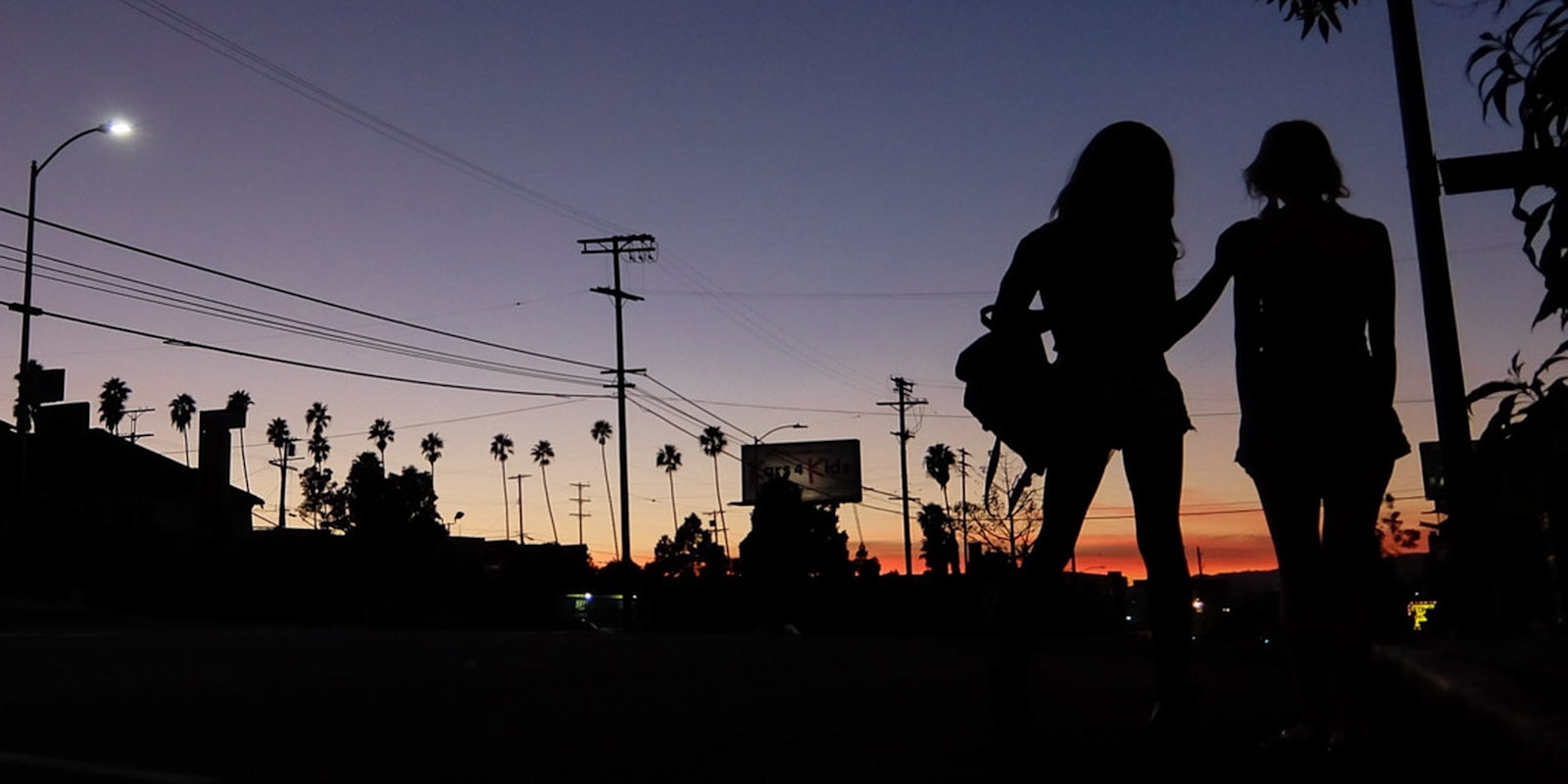For almost two weeks a year, filmmakers, actors, and critics gather at the Sundance Film Festival in Park City, Utah, to check out movies ranging from big-name productions to more subtle features made on a small budget.
But none of those movies might have taken the term “shoestring budget” to the extent of Tangerine, “an exuberantly raw and up-close portrait of one of Los Angeles’ more distinctive sex-trade subcultures.” Apart from its striking subject matter, the movie was filmed using three iPhone 5Ss.
Director Sean Baker, however, did not solely rely on mobile technology to shoot. He also used Filmic Pro, an $8 app which effectively turns a smartphone camera into a professional product that allows for control over zoom, aperture, shutter speed, tint, color temperature, and more. Baker also relied on the use of a steadicam to eliminate the shakiness that comes with filming on a handheld device. In post-production, he saturated the images and added a digital grain. In addition, he also used anamorphic adaptors created by a company called Moondog Labs to shoot in widescreen and elevate the film to a “truly cinematic level.”
“It was really taking this phone and making the most of it,” Baker said.
Tangerine follows the stories of three individuals on Christmas Eve: transgender prostitutes Sin-Dee Rella and Alexandra and a cab driver named Razmik. After getting released from a 28-day prison sentence, Sin-Dee becomes furious upon finding out that her boyfriend has been cheating on her with another woman and sets out with Alexandra to find the couple. Eventually Alexandra breaks off to have her own adventure, and at some point in the film, the three narratives blend together.
The approach to filming with iPhones gave Baker more freedom than he realized. “Everybody shoots videos almost every day on their iPhones,” he told Variety.
When filming in places around Los Angeles, they could use public spaces without anyone realizing they were filming something that wasn’t just a personal video, Baker said. It also mobilized the crew, allowing them to follow the actors closely. The locations used in Tangerine were ones that Baker was familiar with, specifically a shop called Donut Time that allowed the crew to film there as long as they didn’t interfere with regular business.
Even though he used a device synonymous in popular culture, Baker emphasized the skill and understanding of film still needed to turn Tangerine into a movie worth showing on the big screen. “You still need to know how editing works,” he told The Verge. “You still need to know how sound works. You still need to know how the camera works. You can’t just go out and shoot.”
H/T 9 to 5 Mac | Photo via Sundance


